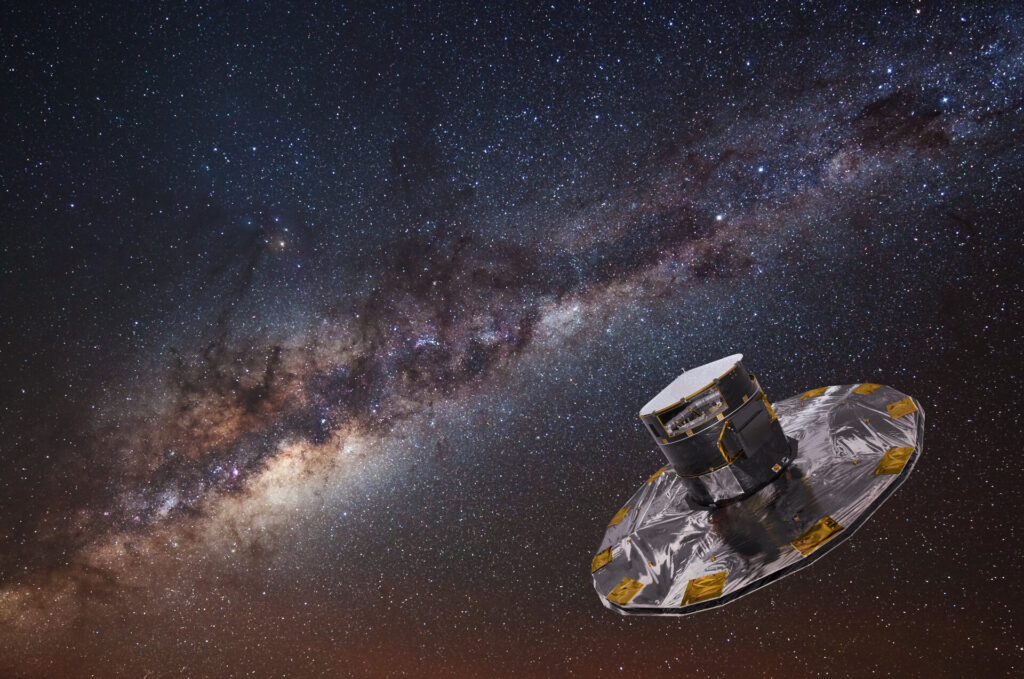An international team of astronomers has discovered companions in eight bright stars. The discovery was made using data collected by ESO’s Very Large Telescope (VLT) and the Gaia space observatory.
Hidden companions of the stars
Photographing faint objects close to bright stars is incredibly difficult. It’s like trying to capture a firefly next to a streetlight.

To solve this problem, the researchers began by searching the Gaia catalog, which lists hundreds of thousands of stars that supposedly have companions. Although the telescope cannot see them, it is able to detect tiny oscillations in the trajectories caused by the effects of gravity.
Astronomers eventually focused their gaze on eight stars, which then became the object of GRAVITY’s observations: a near-infrared interferometer mounted on the VLT. This instrument uses an interferometry technique, combining light streams from different telescopes to capture the smallest details.
GRAVITY’s finds
Thanks to its sensitive vision, Gravity was able to pick up the light signals of all eight predicted companions. Three of them are very small and dim stars, the others are brown dwarfs. Such objects are intermediate between planets and stars: they are more massive than the heaviest gas giants, but lighter and dimmer than the lightest stars.

One of the brown dwarfs discovered by GRAVITY orbits its star at the same distance as Earth is from the Sun. This is the first time a brown dwarf so close to a star has been directly captured.
GRAVITY was also able to calculate the masses of the stars and their companions. Combined with brightness data, this allowed scientists to determine their ages. The two brown dwarfs were dimmer than one might expect given their size and age. A possible explanation for this could be that they have smaller companions.
In the future, the researchers intend to continue using GRAVITY to search for unseen stellar companions. Their main goal is to move from detecting brown dwarfs to exoplanets.
According to ESA


